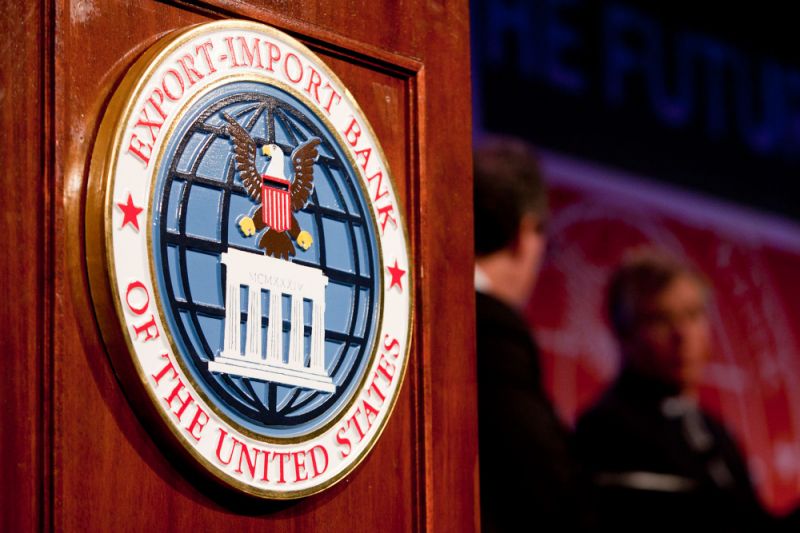Posted with permission from greatamericaninsurancegroup.com Overview There appears to be developments on the...
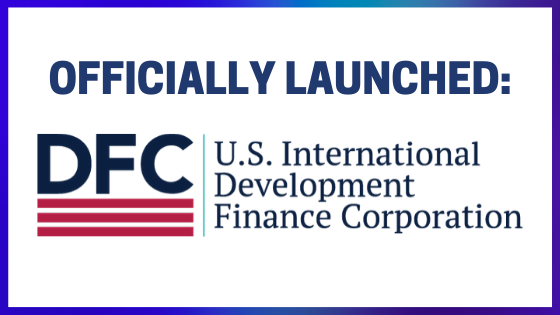
Officially Launched: U.S. International Development Finance Corporation (DFC)
U.S. International Development Finance Corporation Launches
The end-of-the-year appropriations deal struck by Congress and the Trump Administration brought a number of policy changes offering significant opportunities for U.S. export and investment growth overseas.
A new agency, the U.S. International Development Finance Corporation (called the DFC) began operations on January 2, 2020. Created by the BUILD Act of 2018, the DFC begins its first year in operation having secured a working $299 million budget for 2020.
Along with the recent seven-year reauthorization of the EXIM Bank, the DFC represents a significant step by the United States in asserting a larger and more capable role in international trade and investment.
What Is the DFC?
The International Development Finance Corporation is a merger of the former Overseas Private Investment Corporation (OPIC) and the Development Credit Authority, formerly housed in the U.S. Agency for International Development, the DFC represents an effort to streamline and bolster American support for private-sector projects in low and lower-to-middle-income countries.
In emerging markets, the role of state-run and multilateral Development Financial Institutions (DFIs) are growing, raising calls for the U.S. to adapt and expand its efforts, while also countering the increasing economic role of China. While China puts billions into emerging market projects, mainly in infrastructure development, its private-sector development finance role is emerging.
The DFC Brings New Changes
The DFC significantly expands the capacity of the U.S. government to support private-sector-led development projects. The DFC now has a $60 billion investment cap, up from OPIC’s $29 billion cap. But unlike OPIC, the DFC has a more explicit mandate to focus on low- and middle-income countries (though waivers can be obtained for high and middle-income country projects that meet U.S. national interest, or that specifically focus on poor and vulnerable populations.)
In addition to adopting OPIC’s debt financing and political risk insurance portfolios, the DFC is now able to fund project feasibility studies and technical assistance grants and can lend in local currency to hedge against currency risk. The most notable change, however, is the DFC’s new capacity to take an equity stake in investments (Congress approved $150 million for 2020) allowing it to play a stronger role in projects chosen for financing.
The DFC will be allowed to take up to 30% position in any project. The DFC will also adhere to OPIC’s lending standards for social and environmental risk and impact. While OPIC was formerly tasked to work with companies that were either U.S. based or included a U.S. partner, the DFC has only a mandate to prioritize U.S. companies.
Concerns raised since the passage of the BUILD Act in 2018 about the amount allocated for DFC equity investments (considered low), accounting rules about the budgetary treatment of equity investments, and a prohibition on the DFC’s use fees to offset its operating expenses were not addressed in the time between the passage of the BUILD Act and launch of the DFC, but are expected to be raised in the future by congressional supporters of the new agency.
For more information about the DFC, see https://www.dfc.gov/
About Securitas Global Risk Solutions
Since 2004, Securitas Global Risk Solutions (“Securitas”) has helped clients across the United States develop solutions to mitigate credit and investment risk across the world. As a specialty insurance broker focused on developing trade credit and political risk insurance programs, Securitas is focused on developing solutions that meet the needs their clients. See our Website at https://www.securitasglobal.com/ for more information, or contact us at:
Telephone: 484-595-0100
Fax: 484-582-0111
Recommended News
Major Country Risk Developments May 2023
Top 5 Benefits of Trade Credit Insurance
How does trade credit insurance work? Trade credit insurance is a type of insurance that protects businesses from the...
Major Country Risk Developments, February
Posted with permission from greatamericaninsurancegroup.com Overview Federal Reserve has dialed back on the pace of...

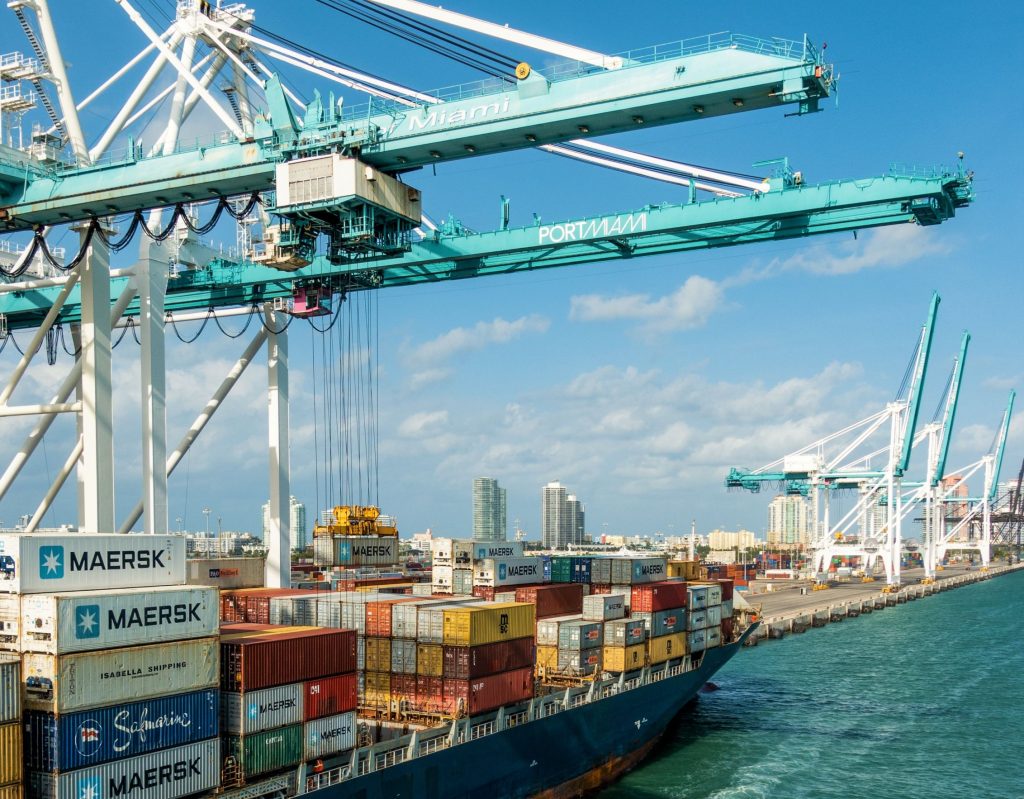
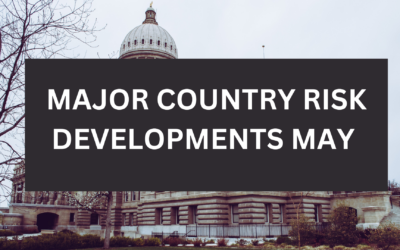

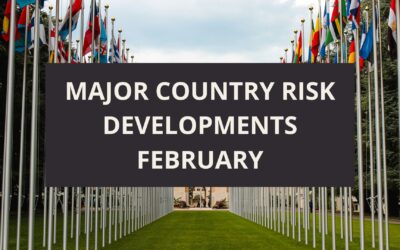
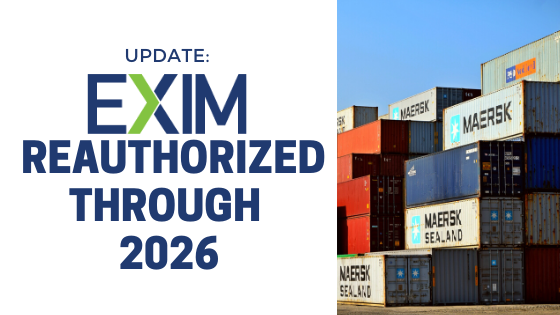
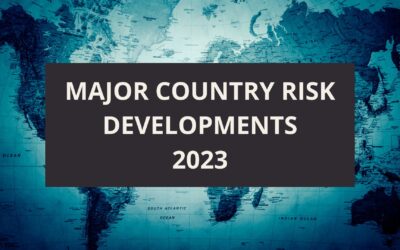
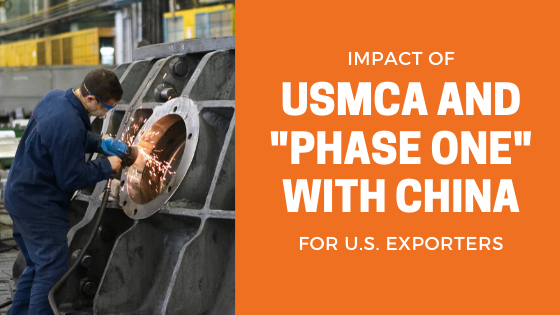
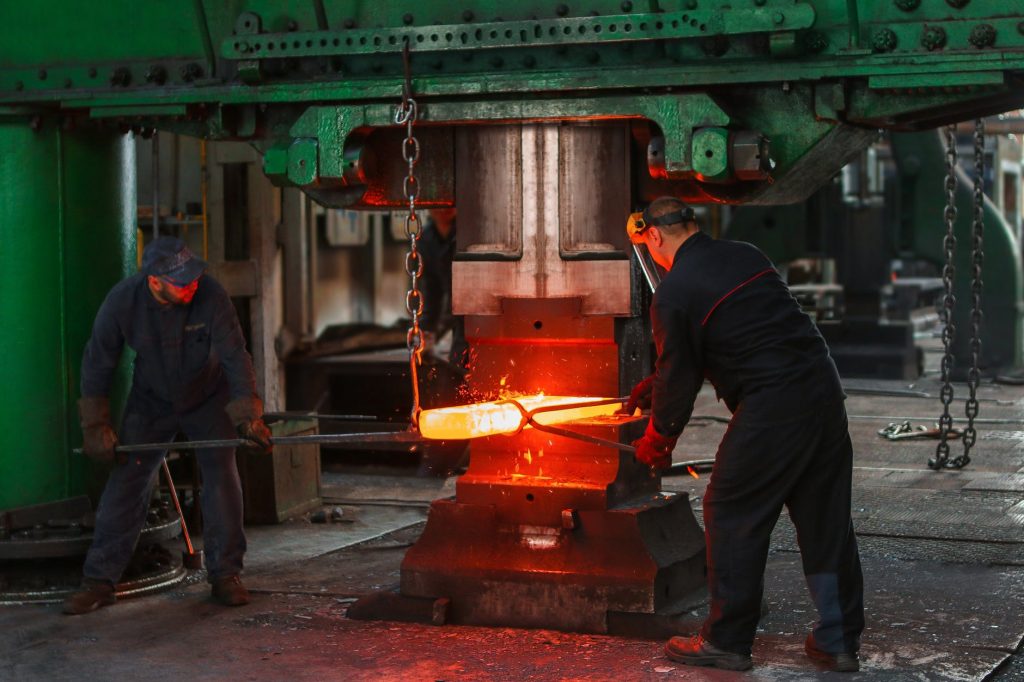
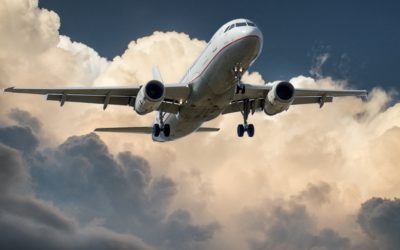

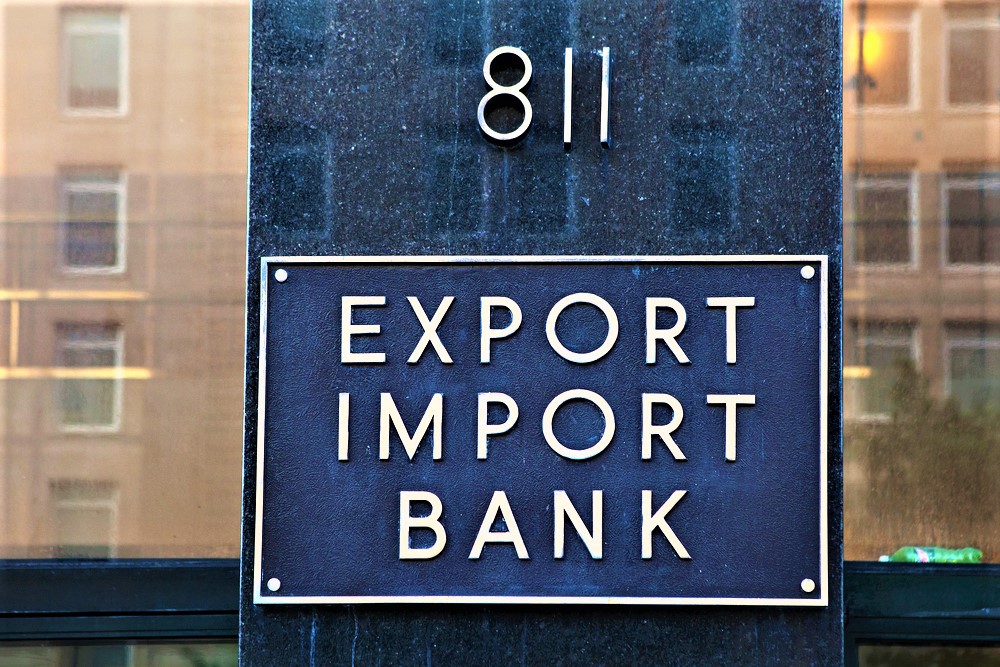
 Get Your Money-Saving Guide For Exporters
Get Your Money-Saving Guide For Exporters